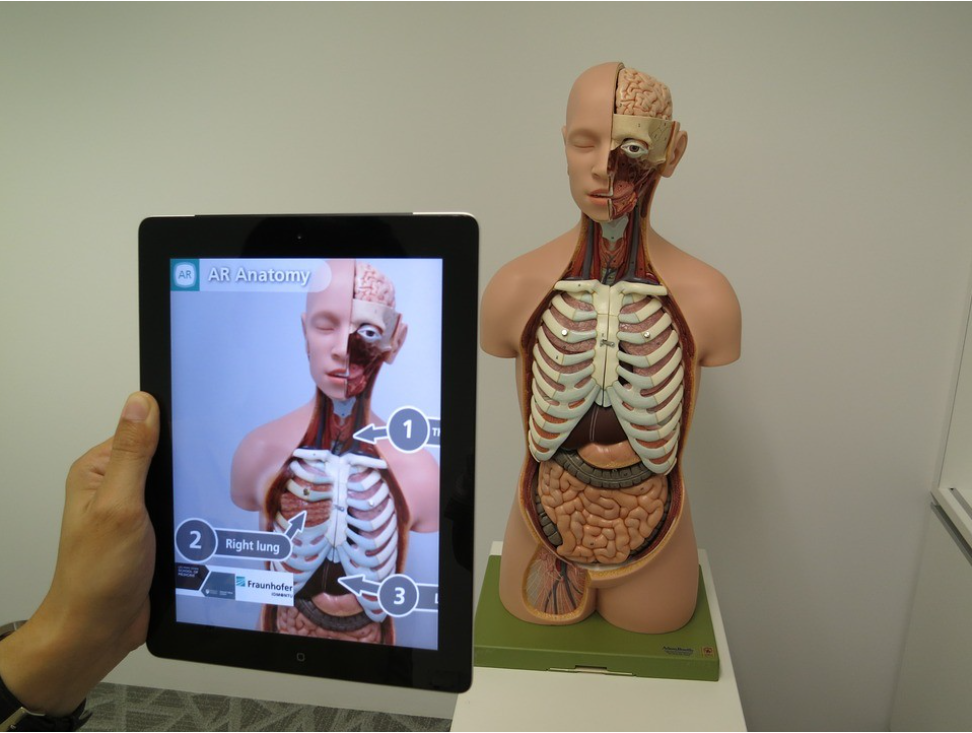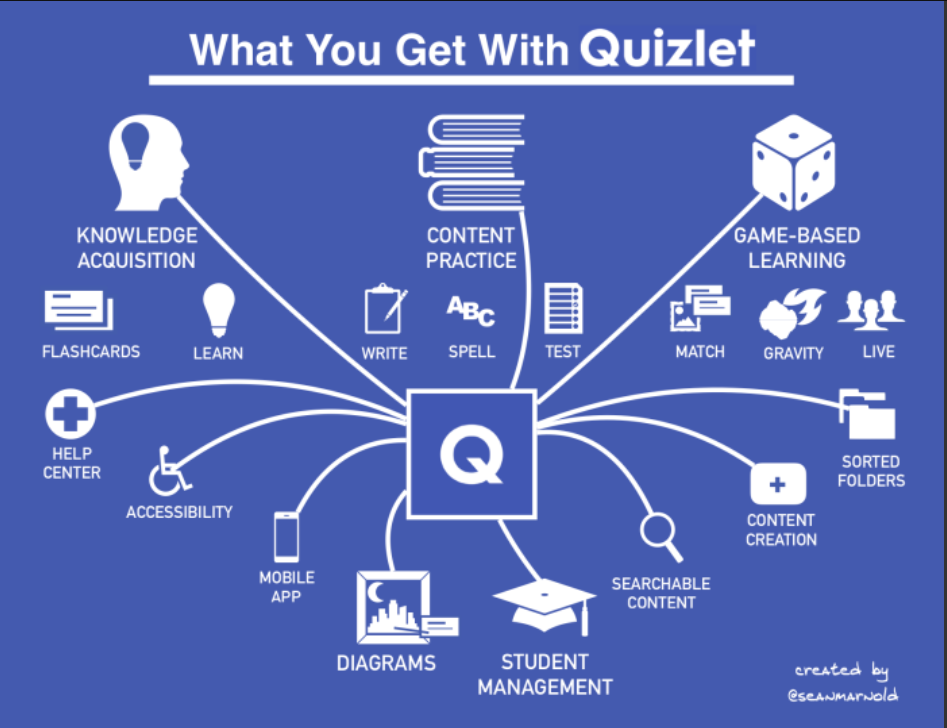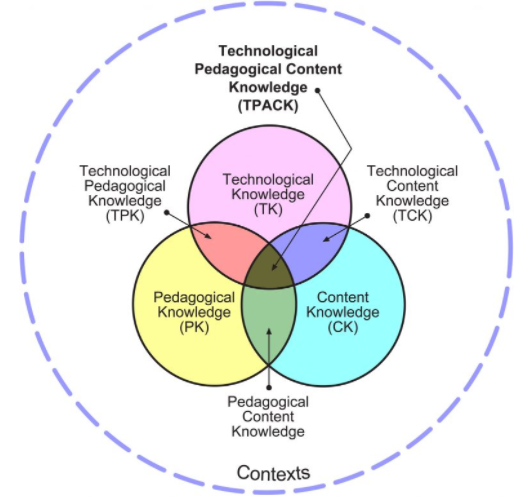Author: peterkim (Page 2 of 3)
For classroom feedback and evaluation, teachers need certain methods to carry out. In a class, how much knowledge the students have mastered is identified by evaluation. Passing the classroom assessment means that students can enter the next semester, but not vice versa. At the same time, evaluation is an important for teachers to understand the progress of students and the effects of their own courses. For the type of evaluation, people divide it into two categories: formative and summative.
“Formative assessment refers to a wide variety of methods that teachers use to conduct in-process evaluations of student comprehension, learning needs, and academic progress during a lesson, unit, or course (FORMATIVE ASSESSMENT, 2014).” Formative assessment is a step-by-step approach. It does not rely on a final exam or speech. In contrast, Formative assessment requires a summary of every day in class or a small test in class. This way of learning can better let students understand their shortcomings every day and provide them with a clear direction for improvement.
”Summative assessments are used to evaluate student learning, skill acquisition, and academic achievement at the conclusion of a defined instructional period—typically at the end of a project, unit, course, semester, program, or school year (SUMMATIVE ASSESSMENTS, 2013) “Summative assessment is more at the end of a semester, it is used to test students’ overall control of the course. Generally speaking, this test will have a final score, and this score will be permanently loaded into your file. But this kind of test does not help much in teaching. On the contrary, it only reflects the final results of students, which does not help them understand a certain piece of knowledge. The most typical example is the SAT test in the United States.
References
Formative assessment definition. The Glossary of Education Reform. (2014, April 29). Retrieved December 3, 2021, from https://www.edglossary.org/formative-assessment/.
Summative assessment definition. The Glossary of Education Reform. (2013, August 29). Retrieved December 3, 2021, from https://www.edglossary.org/summative-assessment/.
“Traditional methods of education as we know it are becoming a thing of the past. They are becoming increasingly digitized, and being driven by technology innovations (Chalimov, 2020).” There is no age limit for the use of AR technology. This means that everything from preschool children to college students involved in work can use this technology.
Compared with traditional teaching, the biggest advantage of AR equipment is “cost saving.” This cost is twofold. The first aspect is time cost. AR technology allows people to learn and find materials anytime, anywhere, without having to use specific books or materials, which greatly accelerates the efficiency of learning. The second is the cost of money. “AR can emulate an environment, which closely resembles the setting where soldiers are expected to operate(Chalimov, 2020).” This move has significantly reduced the country’s expenditure. Allowing countries, institutions, and even individuals to have more economic freedom.
One more thing is safety. AR can train some people who are used to deal with special situations, and avoid them from conducting field exercises. For example, doctors can perform AR training before surgery to improve the success rate of surgery. This example shows that AR technology can be used in any situation where users need to be educated.

Of course, not every country and region has the conditions to use AR technology. Therefore, increasing the penetration rate of technological equipment is a prerequisite for the use of AR equipment.
The video below may help you to understand the concept of AR in education.
References
Chalimov , A. (2021, April 20). Augmented reality in education: The Hottest EdTech Trend and how to apply it to your business. Eastern Peak – Technology Consulting & Development Company. Retrieved December 3, 2021, from https://easternpeak.com/blog/augmented-reality-in-education-the-hottest-edtech-trend-and-how-to-apply-it-to-your-business/.
“Gamification is turning the learning process as a whole into a game, while Games-Based Learning (GBL) is using a game as part of the learning process (Ingwersen, 2017).” This passage proves the gap between these two concepts The most essential difference.
In terms of actual effects, the two may not be so different. The core of these two concepts is to arouse the enthusiasm of students. In the game, the display of achievements, trophies or badges are all attractive, and many players even fight for dozens of hours. Based on this principle, people integrate learning content into games, so that students can become “addicted” to learning. This will greatly improve students’ performance and interest in learning. In addition, students will repeatedly train and apply these skills during the game session. This is a consolidation , which can help students strengthen the knowledge they have already acquired. Not only that, games are more displayed in images, so this method, based on the theories we learned before, is easier to remember by students.

From my personal experience, I had a similar experience in high school. I was in grade 11 and I had a Canadian Study course. In that class, the teacher asked us to use Quizlet for interactive learning. We compare the correct rate of each weapon above to get the corresponding score. This is a very effective learning method.
References
Arnold, S. (2018, September 27). EdTech updates 2018: Quizlet. Brave In The Attempt. Retrieved December 3, 2021, from https://braveintheattempt.com/2018/09/11/edtech-updates-2018-quizlet/.
Ingwersen, H. (n.d.). Gamification vs games-based learning: What’s the difference? Capterra. Retrieved December 3, 2021, from https://blog.capterra.com/gamification-vs-games-based-learning/.
Nowadays, education is an important thing, especially for teachers. Modern education is a combination of technology and tradition, and it must be reflected by certain means. Therefore, it is very important to have a suitable method. This method needs to enable teachers to use technology to complete the improvement of pedagogy, and this method is TPACK.
“According to the TPACK framework, specific technological tools (hardware, software, applications, associated information literacy practices, etc.) are best used to instruct and guide students toward a better, more robust understanding of the subject matter (Kurt, 2019). ” This is the purpose of the Tpack framework.

Content Knowledge, this is a framework used to build students’ concepts and cognitive systems. Here, the teacher needs to communicate the scope of the course to the students, just like the outline of a university course.
Technological Knowledge refers to the ability of teachers to master technology. For example, how will a teacher judge a student or his proficiency in the use of computer and other hardware facilities and software facilities.
Pedagogical Knowledge (PK) This requires a teacher to be able to organize the classroom and control and lead the students forward. In this regard, teachers need to show their current understanding of students’ psychology.
The area of some of the remaining intersections in the figure is more detailed, so I won’t emphasize too much here. All in all, Tpack itself is also a set of tools, a set of tools that teachers can apply. In short, Tpack tells teachers that the core of teaching is content. Teaching can be carried out only if the content is substantial and logical.
References
Kurt, S. (2019, September 16). TPACK: Technological Pedagogical Content Knowledge Framework. Educational Technology. Retrieved December 3, 2021, from https://educationaltechnology.net/technological-pedagogical-content-knowledge-tpack-framework/.
After learning the relevant knowledge of the course, I have a basic understanding of education. I think my main purpose is to enable people to learn the knowledge more efficiently. For this, I need to prepare carefully and make sure that they can keep up with my rhythm. Given the video of my previous speech, I want to make a small improvement to my power point to make it more in line with the principles of pedagogy. I used some techniques, such as Representational graphics, Modality Principle, and Signaling.
The core meaning of Representational graphics (Cobbs, 2021) is that teachers need to use images to get the attention of the educated and try to turn things into images. If necessary, you need to add some explanatory information below the image. Accordi ng to this theorem, I think I should add as many pictures as possible so that people can have a deep understanding of what I have explained through pictures.
After this is the Modality Principle. This concept tells us that “In fact, students who viewed the PowerPoint presentation that only included the on-screen text, had more effective retention and transfer of knowledge” (Oberfoell & Correia, 2016). Based on this reasoning, I think I should modify my PowerPoint in another aspect, which is the perspective of the text. I think that when doing pure theoretical study, if there is an opportunity, we should avoid all image interference and only use the most concise text to explain. In this way, the educated can quickly grasp the essence of learning and master the concept like a fish in water. After this, educators should use pictures to explain or diverge the concept, so that the educated can fully understand this knowledge point. So, I made this modification in the new PPT.
The last point is that “the signaling (or cueing) principle” (Gog, 2014). This means adding a little clue in the middle of a large piece of content to complete the guidance for the educated. This makes it necessary for me to insert some small hint words in my PPT. In the new PPT, I have done the least this kind of improvement.
In conclusion, I made my PowerPoint to three improvements which are Representational graphics, Modality Principle, and Signaling. I would use this three concepts for my further progress of education.
Reference List
Cobbs, A. (2021, April 21). Multimedia principle. Cognitive Theory of Multimedia Learning. Retrieved November 7, 2021, from https://sites.google.com/site/cognitivetheorymmlearning/multimedia-principle.
Gog, T. van. (2014, August 5). The signaling (or cueing) principle in multimedia learning (Chapter 11) – The Cambridge Handbook of Multimedia Learning. Cambridge Core. Retrieved November 7, 2021, from https://www.cambridge.org/core/books/abs/cambridge-handbook-of-multimedia-learning/signaling-or-cueing-principle-in-multimedia-learning/E1DB12F23DEC7C6BABF198FB991523F4.
Oberfoell, A., & Correia, A. (2016, August 14). Understanding the role of the modality principle in multimedia learning environments. Wiley Online Library. Retrieved November 7, 2021, from https://onlinelibrary.wiley.com/doi/abs/10.1111/jcal.12157.
This is the old PowerPoints
Here is the new one
Hi Zhiwen, I have read through your blog post and I am convinced by your words. I do appreciate your splendid work which introduces me to the basic concept of “SAMR” methods. However, I have some questions regarding your content. In terms of the first paragraph, you explained “ substitution” and “augmentation” and classify them into one category. However, I was curious about what exactly they are and why they can be categorized into one group.
This is a model that is designed for educators who may involve with technique supports in their education procedures. The SAMR model is especially suitable for contemporary remote learning status.
These four letters are “substitution”, “augmentation”, “modification” and “redefinition”.
The first thing is “substitution” which means finding a better online learning tool instead of using traditional stuff. For instance, educators choose Zoom meeting or Tencent online meeting as a substitution for face-to-face courses, or more commonly, use Microsoft word to replace the notebook.
The second thing is augmentation. Augmentation means to subversive change the traditional method. In a regular class, students get information from the book or paper-printed materials. However, doing augmentation is to introduce the video content to the class.
The third thing is modification. This allows students to perform their projects in a digital way. Besides, students under this step are encouraged to collaborate in groups
through the online software disregard their locations.
The last thing is redefinition. It means students, in this situation, are able to do tasks only with support from this technique. For instance, if students want to do research on Japanese culture, they can communicate with Japanese students through the online meeting software and there is no auxiliary method for this action except throughout the internet.
This method provides educators a method for online teaching and this method is even more important than usual due to the current situation.
SAMR Model: A Practical Guide for K-12 Classroom Technology Integration. (2021). Retrieved 17 October 2021, from https://www.powerschool.com/resources/blog/samr-model-a-practical-guide-for-k-12-classroom-technology-integration/

Dear Haoran
I have read your blog and I have found you do integrate the resources smoothly into the blog and there is one point for improvement.In the blog you said that your experience in the economic class and I think that is a pretty vivid sample of your life to explain people what is the “dual coding” and I would like to say that through your explanation, I have understood what exactly the “dual coding” theory used in the reality. However, I do have a confused part about your blog, which is your PowerPoint thing. I would suggest you to have an example elaborate how you use those key words in the presentation.
Overall, your blog is pretty consistent.
Recent Comments